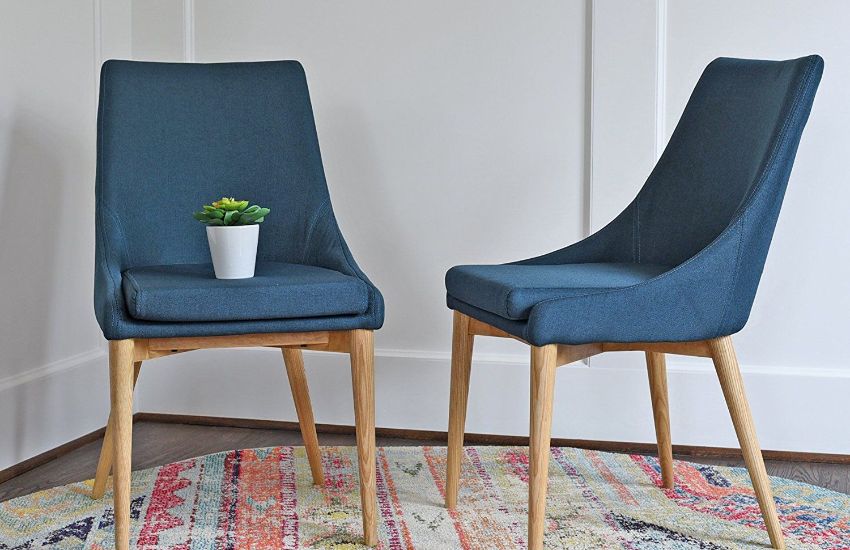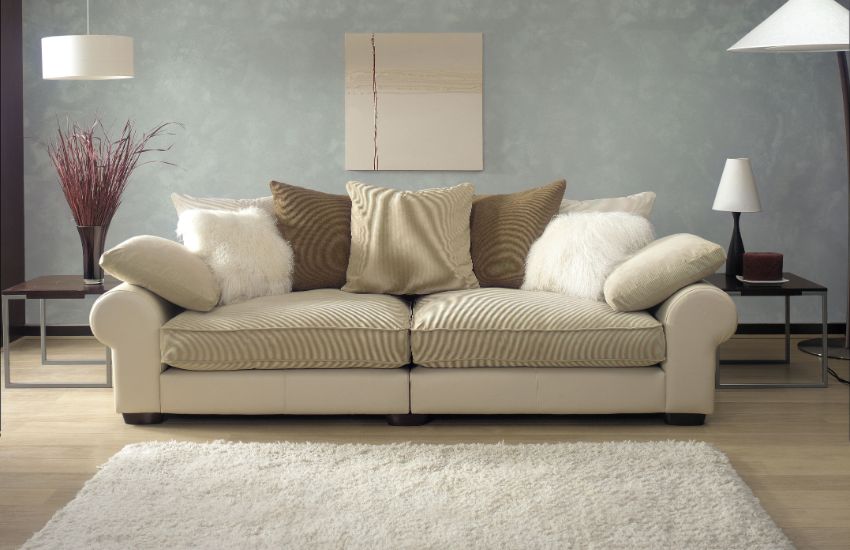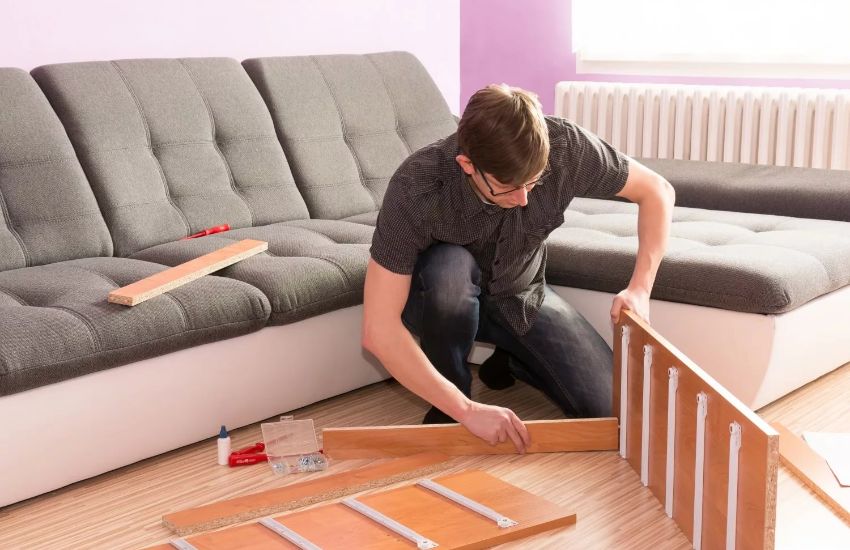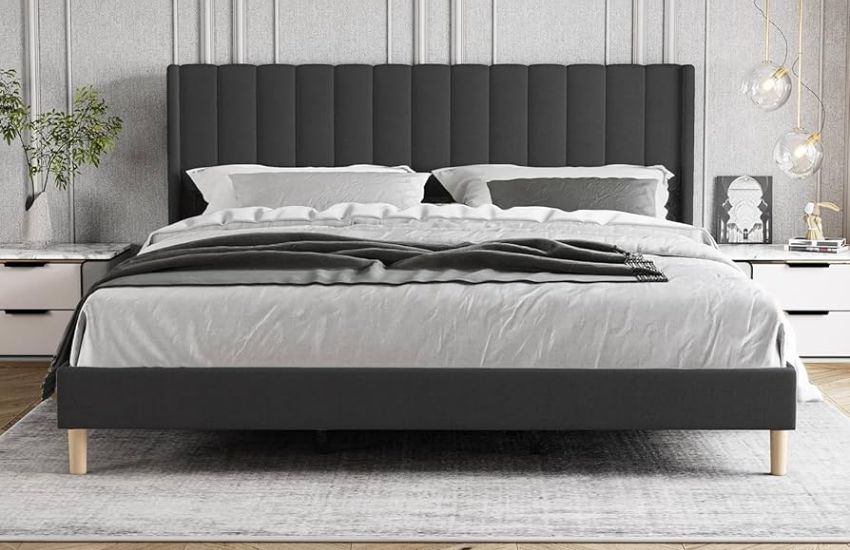Beds are the most integral feature of a boudoir room. If chosen or maintained well, they can add comfort, style, and practicality. However, over time, they can get damaged due to excessive wear and tear, sunlight exposure, and upkeep conditions.
Potential damage types include cracks, dents, scratches, sagging, wobbling, and splitting. Fortunately, beds with such potential issues are repairable, depending on the damage caused by defacement and defilement. In this blog by Upholstery Abu Dhabi, we’ll guide you through some common problems and their practical solutions for DIY repair.
Common Bed Issues | Some DIY Strategies For Resolving Each
Whether the damage is to framing, mattress, slats, headboard, footboard, or upholstery, a strategic approach towards repair can fix all the defiled and defaced components. Here’s our take on highlighting the problems with favorable solutions.
1. Squeaky Bed Frame
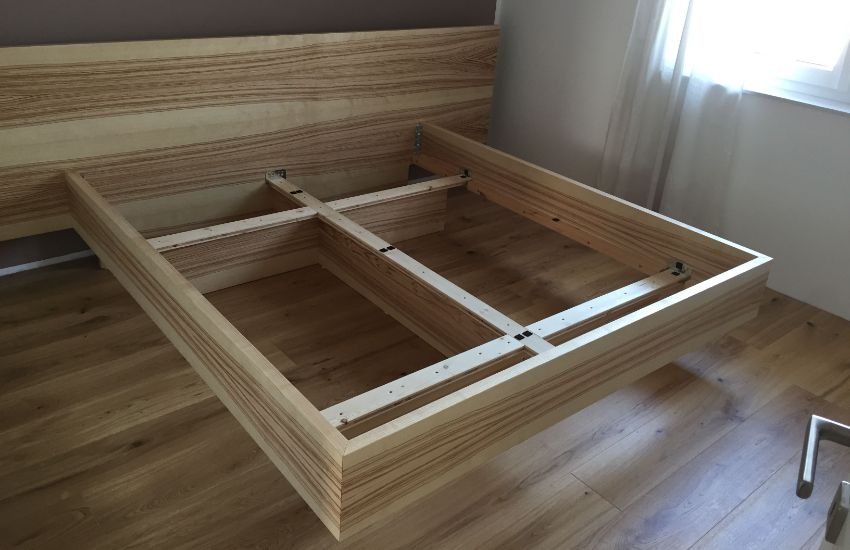
One of the most popular yet common issues found in beds is squeaky sounds. This sound is often traced from the frame. These noises are unpleasant and annoying to hear. The interesting fact is that they are simple and easy to fix DIY.
Solution
To avoid this frustrating problem that could disrupt your sleep, you have to look for loose joints, worn-out screws, and minimize friction between the metal parts. Tighten the screws and bolts using a wrench or screwdriver. Also, lubricating the moving parts with wax can help reduce friction. Additionally, adding fabric felt pads and reinforcing joints using screws or glue can silence squeaks.
2. Sagging & Sliding Mattress
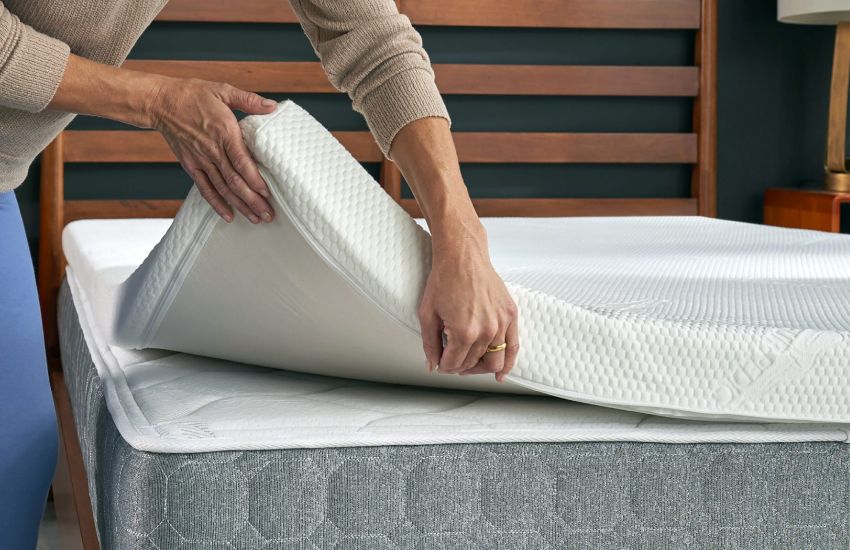
Over time, mattresses can lose their shape and support due to excess use, forming at least two 2-inch deep dips. A saggy mattress is often identified by its appearance, which is often caused by worn-out foam and spring. This can cause discomfort and poor sleep quality.
Solution
One of the effortless hacks to solve this problem is to rotate or flip the mattress for redistribution. Aside from that, using a mattress topper can contribute to ultimate support and comfort. Also, replacing the foundation like bed slats can improve stability. If the foam is damaged beyond repair, investing in a new one will help you with sleep quality. For slipping issues, using anti-slip pads between the frame and mattress and attaching velcro strips to the bed frame repair and mattress bottom can help.
3. Broken Bed Slats
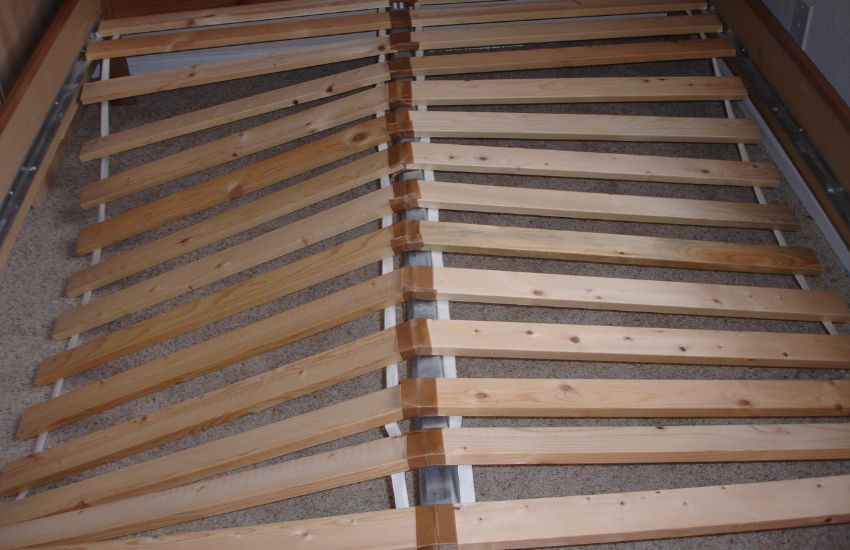
Bed slats serve as the foundation for your mattress, providing ultimate support and stability against movement. They are also crucial components that offer even weight distribution in the overall space. If they break or the bed, the overall bed’s stability can be compromised.
Solution
Finding a replacement from a furniture store with accurate dimensions can help overcome this issue. Adding more slats for equal-weight distribution would also be helpful. Moreover, using a bunkie board for additional support will be an alternative. Any cracks and splits in slats can be addressed and tackled by applying wood glue and clamping the area together.
4. Wobbly Bed Frame repair
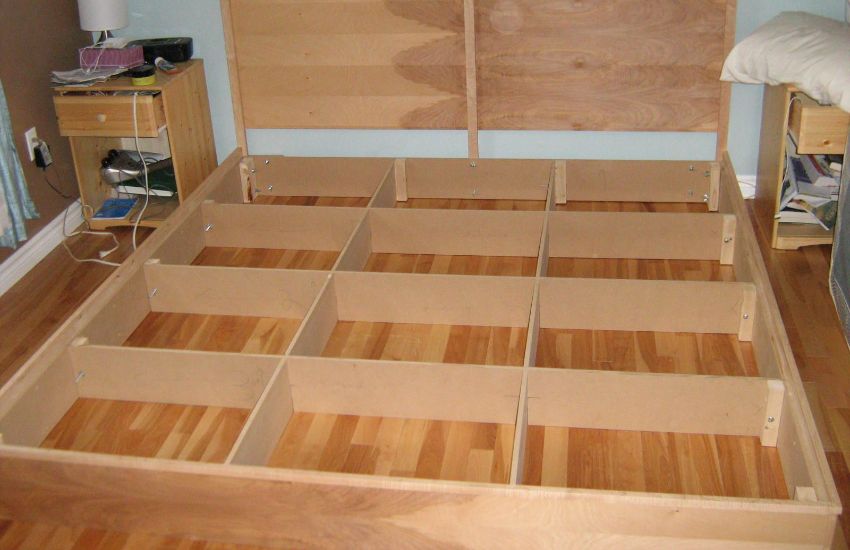
A wobbly bed frame repair is the root cause of unstable and unrestful sleep. Plus, it also leads to potential safety issues. Separating joints, uneven legs, and loose bolts are probably the reasons for wobbly frames.
Solution
To proceed with the solution, use a spirit level to check the evenness level. If it’s not straight or even, use the shims under the bed legs to level it up. Also, look for all the sectional components to check any loose brackets, joints, screws, and bolts. In addition, you can go to replace the damaged parts. The parts of bed accessories and frames are easily accessible from any manufacturer and hardware store.
5. Bed Frame Cracks or Splits
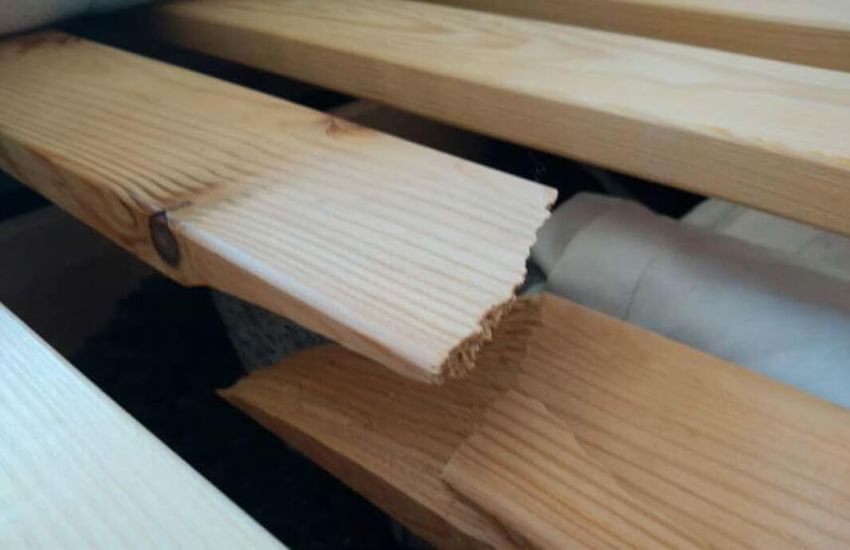
Over time, wooden bed repair age due to excessive weight and temperature variations. Frequent use and humidity changes can cause cracks or splits in these frames, affecting their stability and functioning.
Solution
To treat this problem in a bed, glue, and clamp will be used. Apply wood glue to the affected place and tightly clamp the area until the glue dries. The clamp will help seal the crack and restore strength. For larger splits, using wood filler or epoxy is suggested for gap filling. Sand, smooth, smooth, and finish the area with paint or stain after drying. Also, securing metal plates over the crack is helpful to ensure structural integrity.
6. Upholstered Bed Damage
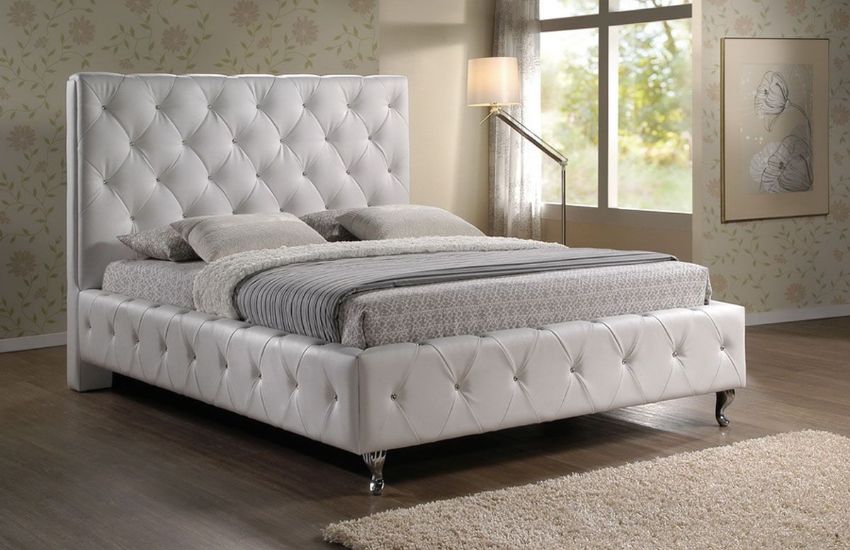
Damage to upholstery involves defiled and defaced features that can affect how your bed looks. Wear and tear, stains, or loose fabric count as damage to upholstery. Upholstered bedding can accumulate dirt and dust, affecting the overall appearance and hygiene.
Solution
Loose fabrics can be reattached using upholstery tacks and a staple gun, holding the fabric tight before securing it. Also, invest in upholstery cleaners to treat stains while testing them on any auspicious area. Small holes or tears can be repaired using a fabric patch, finding the closest match to the original fabric.
7. Scratches and Dents in Bed Frames
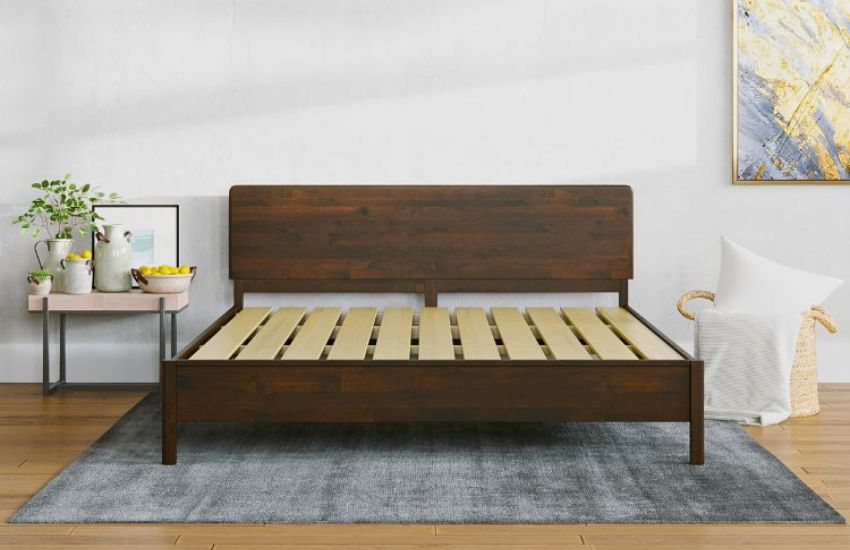
Scratches and dents need to be treated instantly regardless of the type of material used in bed construction. Even you will notice them expanding, particularly if it’s wooden framing. Unlike cracks and scuffs, scratches in bed frame repair. What you have to do is advise on the solution.
Solution
Using a wood filler stick would be helpful to fill the scratches, as it will smooth out the texture. Also, you can go for a wax to fill in scratches. Pick the right color that matches the existing bed frame repair and apply it according to the product or manufacturer’s instructions. After the application of wood filler comes sanding and refinishing. When treating deeper scratches or dents, lightly sanding the area is crucial, and you can refinish it with the right paint, stain, or varnish for a cohesive appearance.
8. Frame Assembly & Disassembly Issues
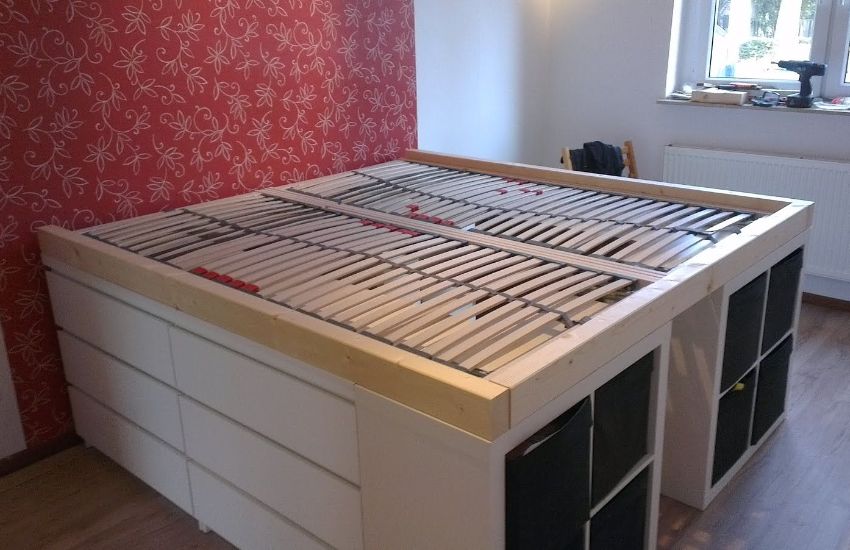
Assembling and disassembling bed frame repair can be challenging, whether you’re relocating or rearranging furniture. This problem does not involve any potential issues or professional handling because you must follow labeled instructions, organize hardware, and use mandatory tools.
Solution
To deal with the assembling and disassembling issues, look for the original instructions and hardware in a labeled bag for a convenient and smooth process. Also, check the manufacturer’s website for a digital copy for easy reference if you still need the guideline sample. Next, arrange all the screws, bolts, and other accessories during disassembly in a small bag or container. For your ease, each container can be labeled to remind you of its exact position for reassembly. Also, use the correct tools like a rubber mallet, wrench, and screwdriver.
To Wind Up
DIY bed repair is a cost-effective and interesting hack that gives your furniture a renewed look without much investment. A DIY repair job can majorly help you save money and extend the life of your existing bed even more. Issues in your bed can be saggy seating and mattress or broken slats and framing that could impact the whole structure, comfort, appearance, and functionality. With basic knowledge and essential tools, you can address these issues of broken slats, squeaky frames, and sagging mattresses.
Follow the practical solutions in our guide to keep your bed upright for a long time. Our valuable tips ensure you get comfortable and restful napping and sleeping after all kinds of repairs. However, it’s always best to seek professional carpentry services to fix all the potential issues if the repair seems complex and the problem is structural or dimensional. Our guide is meant to provide you with fruitful information regarding common bed repair issues and tackling techniques.

